The background text in the status bar is still black. How do I change the color to white?
// io8, swift, Xcode 6.0.1
override func viewDidLoad() {
super.viewDidLoad()
self.navigationController?.navigationBar.barTintColor = UIColor.blackColor()
self.navigationController?.navigationBar.titleTextAttributes = [NSForegroundColorAttributeName: UIColor.orangeColor()]
}


